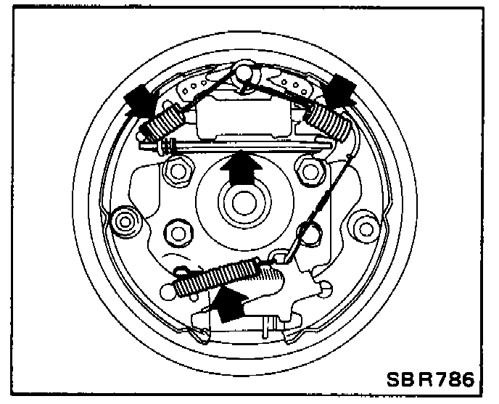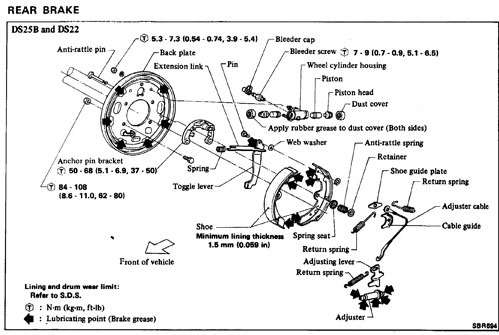I'm with you, Al--you don't need any special equipment at all to bleed these older vehicles--if you have the patience. I have been using the 1-man gravity-bleed method for many years now. First I suck all of the old fluid out of master cylinder reservoir (turkey baster) and then refill with clean fluid, periodically checking this level and topping off while bleeding. Then I connect a long, clear hose to each bleeder screw and clip the bottom of the hose to a container at the bottom (clear glass jars work great). I like to use clear hose and jars as I can see the color of the brake fluid coming out, as well as to check the hoses for bubbles. Then I open up each of the bleeder screws and allow the fluid to drip out. This is where the patience comes into play, as it can take an hour or so to do this. I am usually trying to flush all of the old fluid out of the lines as well, so I utilize the clear jars to see when I have clean fluid flowing out of each corner of the vehicle.
I usually have somebody come out (my wife

) and do the pedal-bleed at the end of this procedure, and 99% of the time I don't get any additional air out. So this convinces me that the gravity-bleed method does indeed work, at least for older non-ABS-equipped vehicles. One key to doing brake work is to not let air get into the system in the first place, and this is not hard to do if one thinks before opening up the system.
If you're replacing the master cylinder--keep all of the bleeders closed and all the fluid will stay in place in the lines. Then bench-bleed the master, and bleed the remaining air out right at the lines connecting to the master. Boom. You're done--no need to bleed each corner (the pros do this, as it saves a lot of time). If you're removing a wheel cylinder or caliper line--use a short piece of vacuum line with a BB inside to seal off the steel brake line to keep the fluid from leaking out while the line is disconnected (or let it drain out if you're flushing the lines, so you don't fill your new/rebuilt caliper or wheel cylinder with old, dirty fluid).
Let me address an issue mentioned above--air leaking in around the bleeder screw threads--it does happen and it can easily be stopped. Simply remove the bleeder screws (you may want to clean them up with a wire brush/wheel while you have them out, and use a wire to clean the crud out of the inside passages), apply anti-sieze grease to the threads and reinstall. This seals out the air, and also keeps the bleeder screws from siezing in place. I've been fooled more than once by air bubbles which were actually from air leaking in around the bleeders, and not air from inside the system!




